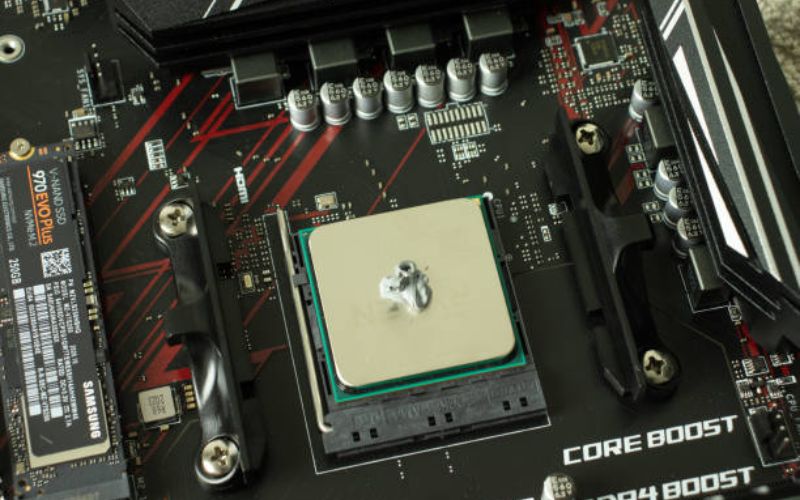The Science Behind Heat Sinks
Heat sinks play a crucial role in electronic devices, as they help dissipate heat generated by internal components to prevent overheating and damage. They consist of metal structures with fins that increase their surface area, allowing heat to transfer more efficiently to the surrounding air. The two most commonly used materials for heat sinks are aluminum and copper. But why is aluminum the preferred choice for most applications?
Aluminum vs. Copper: Thermal Conductivity
Thermal conductivity is a measure of a material's ability to conduct heat. In this regard, copper is a better conductor than aluminum, with a thermal conductivity of around 400 W/m•K, while aluminum has a thermal conductivity of approximately 200 W/m•K. This means that copper can transfer heat more quickly and efficiently than aluminum. However, there's more to the story than just thermal conductivity.
Density and Weight
Although copper has better thermal conductivity than aluminum, it's much denser and heavier. Copper has a density of 8.96 g/cm³, while aluminum has a density of 2.70 g/cm³. This means that copper heat sinks are much heavier and more cumbersome than their aluminum counterparts, which is a disadvantage in many applications that require lightweight and compact designs. In addition, aluminum is much cheaper than copper, making it a more cost-effective solution.
Corrosion Resistance
Another advantage of aluminum over copper is its superior corrosion resistance. Copper tends to corrode more easily, especially in humid environments or when exposed to corrosive substances. On the other hand, aluminum is more resistant to corrosion and can last longer without suffering from oxidation or rusting. This makes aluminum heat sinks a more reliable and durable solution, especially in harsh conditions.
Manufacturability and Formability
Aluminum is also easier to manufacture and shape than copper. It can be extruded, stamped, or machined into various shapes and sizes, allowing for greater flexibility and customization. Copper, on the other hand, is more difficult to work with and requires more specialized tools and techniques. In addition, aluminum has a lower melting point than copper, which means that it can be easily formed and molded at lower temperatures.
Electrical Conductivity
One of the main disadvantages of copper as a heat sink material is its electrical conductivity. Copper is an excellent conductor of electricity, which means that it can interfere with nearby electronic components and cause electromagnetic interference (EMI). Aluminum, on the other hand, has lower electrical conductivity, which makes it a better choice for applications where EMI is a concern.
Coefficient of Thermal Expansion
Another factor to consider when choosing a heat sink material is the coefficient of thermal expansion (CTE). This is a measure of how much a material expands or contracts with changes in temperature. Copper has a higher CTE than aluminum, which means that it can expand or contract more when exposed to heat or cold. This can cause stress and warping, which can affect the performance of electronic devices. Aluminum, with its lower CTE, is less prone to warping and distortion under thermal stress.
Environmental Impact
Finally, it's worth noting that aluminum is a more environmentally friendly material than copper. Aluminum can be easily recycled and reused, which reduces the amount of waste generated by electronic devices. In addition, mining and processing of copper can have negative environmental impacts, such as soil and water pollution, while aluminum production is less harmful to the environment.
Conclusion
As we've seen, there are several reasons why heat sinks are made of aluminum instead of copper. While copper has better thermal conductivity, it's denser, heavier, more expensive, and more difficult to work with than aluminum. In addition, aluminum is more resistant to corrosion, has lower electrical conductivity, lower CTE, and is more environmentally friendly. All these factors make aluminum a superior choice for most heat sink applications.

